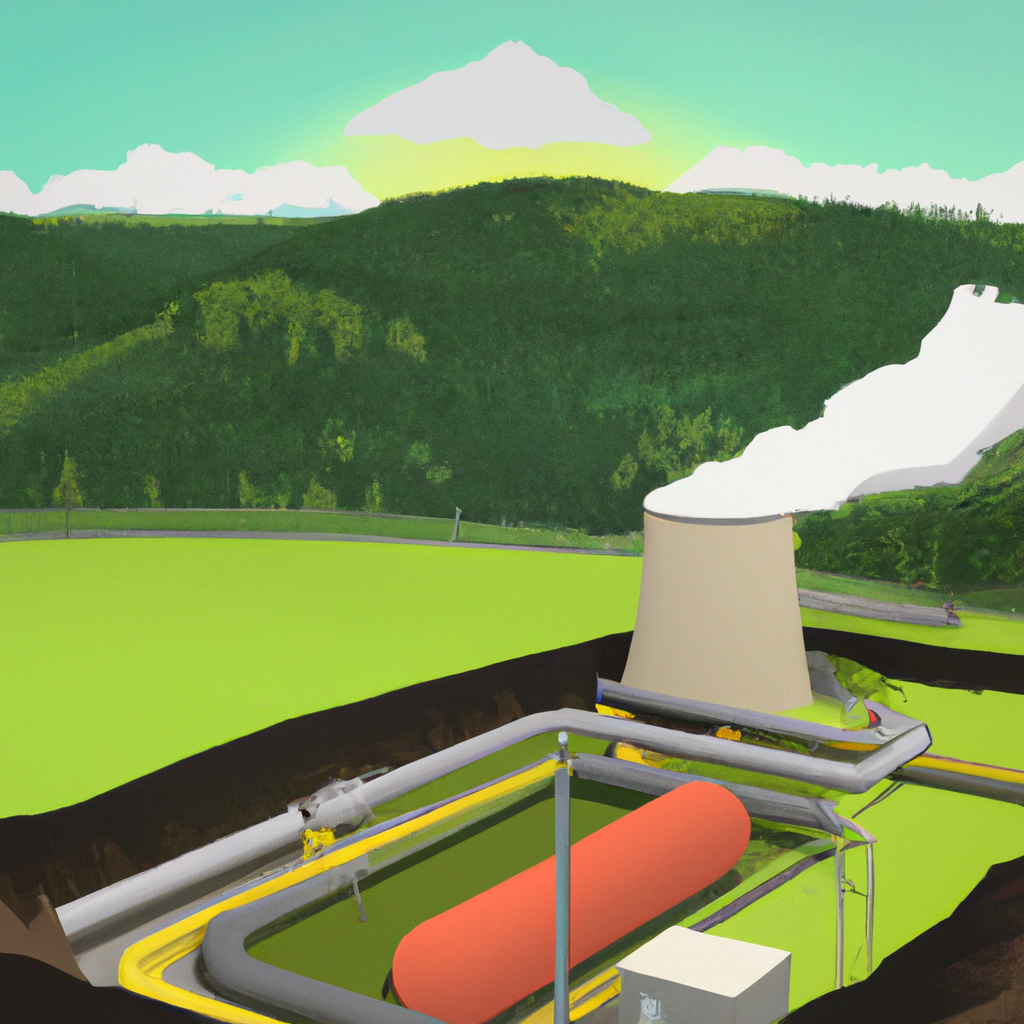How Does a Geothermal Power Plant Work?
Geothermal power plants are an excellent source of renewable energy. They utilize the Earth’s natural heat to generate electricity, and they are becoming increasingly popular as a sustainable energy source. In this article, we will explore how geothermal power plants work to generate electricity.
What is Geothermal Energy?
Geothermal energy is the heat that is generated by the Earth’s core. It is a renewable energy source that has been used for thousands of years for heating and cooling. Geothermal energy is considered sustainable because it is constantly being replenished, and it does not produce harmful emissions like fossil fuels.
Geothermal Heating and Cooling
Geothermal technology is not limited to power generation. It can also be used for geothermal heating and cooling. Geothermal heating and cooling systems use the Earth’s constant temperature to heat and cool buildings. They are highly efficient and can save homeowners a lot of money on their energy bills.
How does Geothermal Power Generation Work?
Geothermal power plants work by tapping into the Earth’s natural heat and using it to generate electricity. There are three main types of geothermal power plants: dry steam, flash steam, and binary cycle.
Dry Steam Power Plants
Dry steam power plants are the oldest type of geothermal power plant. They use steam that is naturally produced by the Earth to drive a turbine and generate electricity. The steam is piped directly from the geothermal reservoir to the power plant, where it is used to turn the turbine. After the steam has passed through the turbine, it is condensed back into water and returned to the geothermal reservoir.
Flash Steam Power Plants
Flash steam power plants are the most common type of geothermal power plant. They use hot water that is pumped from the geothermal reservoir and brought to the surface under high pressure. The pressure is then reduced, causing the water to flash into steam. The steam is then used to drive a turbine and generate electricity. After the steam has passed through the turbine, it is condensed back into water and returned to the geothermal reservoir.
Binary Cycle Power Plants
Binary cycle power plants are the newest type of geothermal power plant. They use a heat exchanger to transfer heat from the geothermal water to a secondary fluid, such as isobutane or pentane. The secondary fluid then vaporizes and drives a turbine, which generates electricity. The vaporized fluid is then condensed back into a liquid and returned to the heat exchanger, where the process starts all over again.
Advantages of Geothermal Power
Geothermal power has several advantages over other forms of renewable energy. It is a constant source of energy that is not affected by weather conditions like wind and solar power. Geothermal power plants also have a small footprint and do not produce harmful emissions like fossil fuel power plants.
Conclusion
Geothermal power plants are an excellent source of renewable energy. They use the Earth’s natural heat to generate electricity, and they are becoming increasingly popular as a sustainable energy source. There are three main types of geothermal power plants: dry steam, flash steam, and binary cycle. Each type has its advantages and disadvantages, but they all work by tapping into the Earth’s natural heat to generate electricity. Geothermal power is a constant and reliable source of energy that has many advantages over other forms of renewable energy. As more and more countries seek to reduce their carbon footprint, geothermal power will undoubtedly play an increasingly important role in the transition to a more sustainable future.







